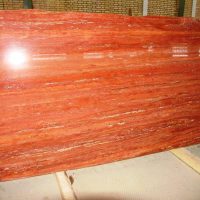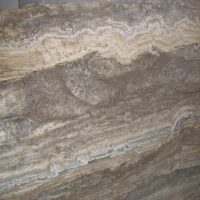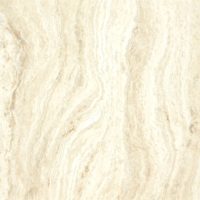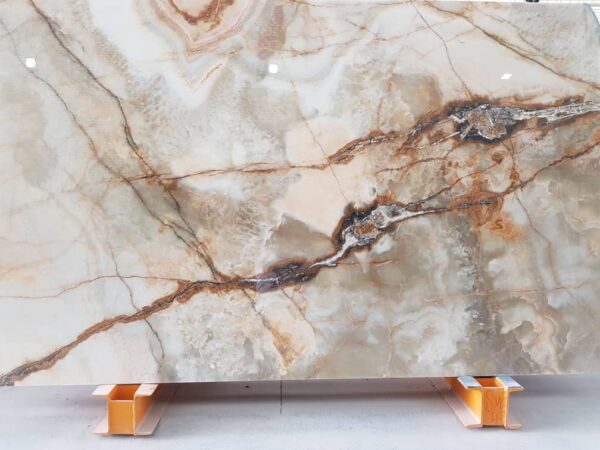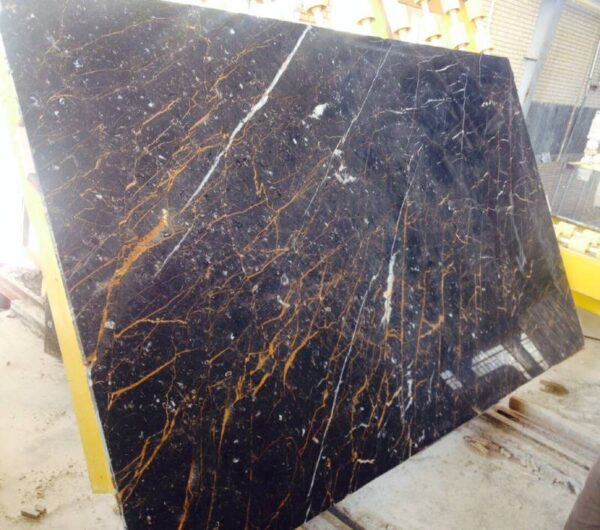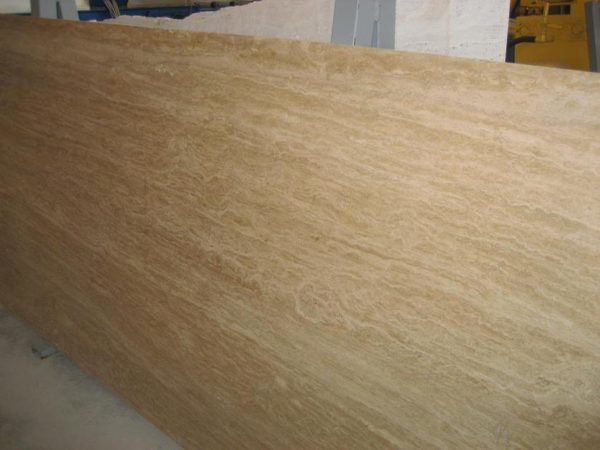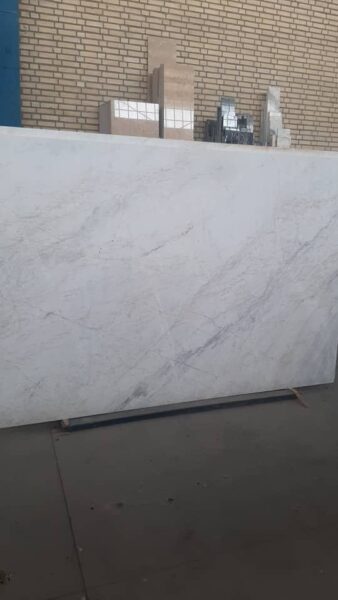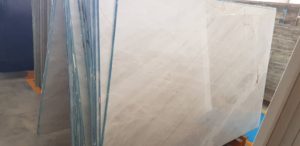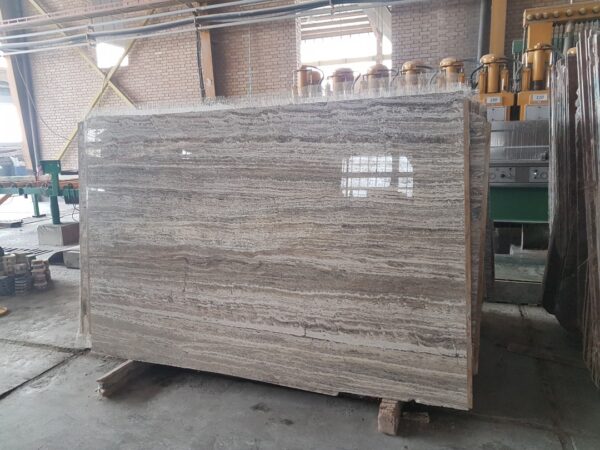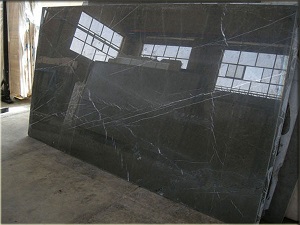Is Travertine Durable? Evaluating the Longevity of This Natural Stone
Travertine is a natural stone renowned for its elegant appearance and versatile applications. Often chosen for flooring, countertops, and outdoor features, travertine adds a touch of timeless beauty to any space. A crucial consideration for homeowners and designers is: Is travertine durable? In this article, we’ll examine the durability of travertine, its strengths, and limitations, and how to maintain it for long-lasting beauty.
Understanding the Durability of Travertine
Travertine is a type of limestone formed around mineral springs, known for its unique texture and natural colors. When considering travertine for various applications, it’s essential to understand its durability:
- Strength and Hardness: Travertine is a relatively soft and porous stone compared to other natural stones like granite or quartzite. While it has sufficient strength for many applications, it is more susceptible to scratches and dents, especially in high-traffic areas.
- Wear and Tear: Over time, travertine can experience wear and tear, particularly in high-traffic zones. It may show signs of surface wear, including minor scratches and etching, especially if not properly maintained.
- Weather Resistance: Travertine’s durability varies based on its location and exposure to elements. For indoor applications, travertine performs well if properly sealed and maintained. Outdoors, can endure moderate weather conditions, but extreme weather and constant exposure to moisture can affect its longevity.
https://www.rockstone.biz/can-travertine-be-stained/
Factors Affecting Travertine’s Durability
Several factors influence the durability of travertine and its performance over time:
- Finish Type: The finish of the travertine can impact its durability. Honed and tumbled finishes are generally more prone to wear and require more maintenance compared to polished finishes, which offer a more resistant surface to daily use.
- Sealing and Maintenance: Regular sealing is crucial to maintaining travertine’s durability. A high-quality sealant helps protect the stone from moisture, stains, and surface damage. Without proper sealing, travertine can absorb liquids and become prone to staining and deterioration.
- Installation Quality: Proper installation is vital for the longevity of travertine. Ensuring that the stone is correctly laid and grouted and that proper waterproofing measures are in place, helps prevent issues such as cracking and shifting.
- Cleaning and Care: Regular cleaning and care are essential to preserve the durability of travertine. Using a pH-neutral cleaner and avoiding harsh chemicals helps prevent damage to the stone’s surface. Routine maintenance, including sweeping and mopping, helps keep the stone in good condition.
Maximizing the Durability of Travertine
To ensure that travertine maintains its beauty and durability over time, follow these best practices:
- Regular Sealing: Apply a high-quality sealant to travertine surfaces every 6-12 months. This helps protect the stone from moisture and stains and maintains its appearance.
- Prompt Spill Cleanup: Address spills immediately to prevent them from penetrating the stone. Blot rather than wipe spills to avoid spreading them, and clean with a mild, pH-neutral cleaner.
- Protect High-Traffic Areas: In areas with high foot traffic, use rugs or mats to reduce wear and tear. This can help prevent scratches and protect the surface of the travertine.
- Professional Maintenance: For extensive cleaning or repair needs, consult professional stone care services. They can provide specialized treatments to address issues and restore the stone’s appearance.
Conclusion: Durability and Care of Travertine
Travertine is a durable natural stone that, with proper care, can last for many years and continue to enhance the beauty of your home. While it is softer and more porous than some other stones, its elegance and versatility make it a valuable choice for various applications. By understanding its strengths and limitations, sealing regularly, and maintaining the stone appropriately, you can enjoy the timeless charm of travertine and ensure its durability in both indoor and outdoor settings.

